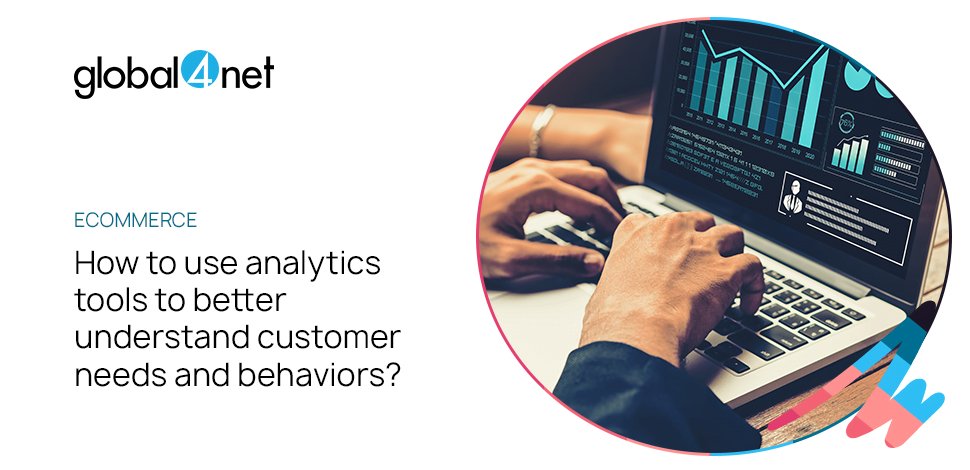ul. Strzegomska 2-4
53-611 Wrocław
NIP 8992786490
KRS 0000608120
REGON 363987723
Global4Net Sp. z o. o.
+48 71 358 41 00
© 2009 – Global4Net. All Rights Reserved.

A huge part of success in the online trade sector is analyzing and acting on customer feedback. This includes analyzing their needs and behaviors and tailoring your store’s operations to them. In this post, we want to show you why analytics is so important when it comes to modern-day e-commerce.
Some time ago, GetFeedback.com released a study showing that collecting customer feedback is a major obstacle for CX professionals. On average, they scored 2 out of 5 in questions on listening and understanding customers:

In the e-commerce sector, that’s a big problem, as understanding customers is the best key to success. Why? Today, the e-commerce market is very developed. There are literally tens of thousands of products available, as well as hundreds of features and services that make the shopping experience seamless. Only stores that use these tools for the good of their customers can enjoy their engagement and loyalty. After all, no one wants to buy at a store that’s unintuitive and expensive.
There are three major sources you need to take into account to understand your customers:
WHAT DO ANALYTICS TOOLS OFFER?
Put shortly, these tools process and analyze data coming from your store and your customers. Google Analytics analyzes data related to your website usage and traffic, whereas Mailchimp analyzes data related to your newsletters (e.g., delivery and open rates). The list goes on. Depending on the tools that you use, you get access to different kinds of data.
Let’s talk about Google Analytics (GA) for a moment. This tool gives you access to all the crucial website-related metrics and data, including the following elements:
Also, don’t forget about the “Audience” tab. It provides you with information on your customers’ demographics, behaviors, interests, and even the websites they’ve come from to visit your store.
How is this information useful? It enables you to concentrate your sales and marketing efforts on actions and channels that offer the highest probability of conversion. Moreover, you can adjust your offer and the content you produce to the needs of your visitors, making the store more relevant to them.
Here’s an example: You run a wedding store, and you see there is an increase in traffic coming from pregnancy websites. This knowledge can trigger you to offer more dresses for mothers-to-be or to write more content on organizing a wedding when pregnant.
Of course, each tool has its own specificity, but if you want to make the most of them, you need to follow several simple steps:
Regular analysis of incoming data can be a time-consuming assignment. If you are too busy running your business, perhaps it’s a good idea to outsource this part of your work. This is where we step into the game. At Global4Net, we support e-commerce companies regarding everything digital, including web analytics. If you are looking for e-commerce consultations, and help when it comes to gathering, analyzing, and acting on available data, you’re in the right place!
Drop us a line today, and let’s see what we can do together to take your online store to the next level.
Write to us




